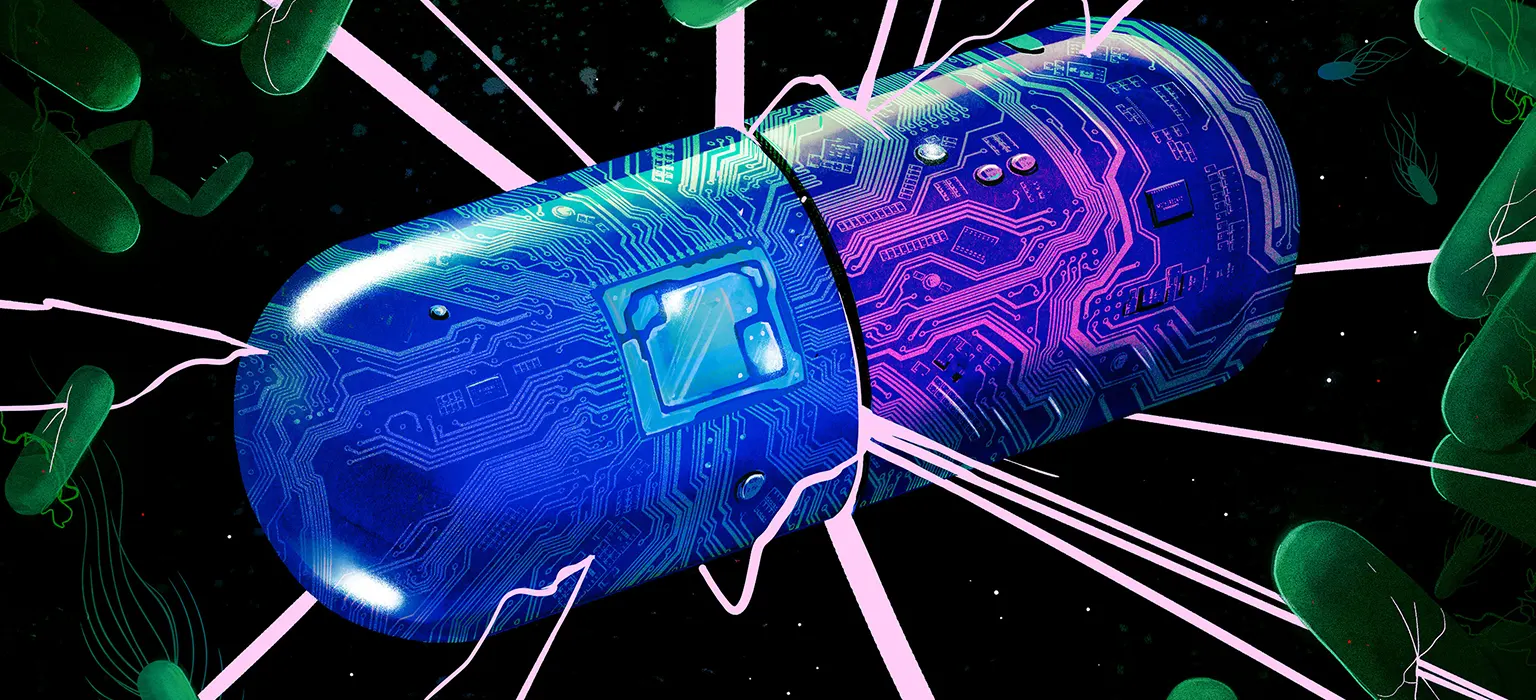
New Antibiotics :- An advancement in artificial intelligence made by researchers at MIT and Harvard offers fresh promise in the fight against antibiotic-resistant superbugs, one of the biggest risks to world health. By using AI to screen millions of compounds, the team uncovered several promising options for new antibiotics.
The Threat of Drug-Resistant Bacteria
Antibiotic resistance arises when bacteria evolve to survive treatment from our current drugs. Overusing and misusing existing antibiotics fuels adaptation in dangerous bacteria, rendering the drugs ineffective.
Resistant strains like methicillin-resistant Staphylococcus aureus (MRSA) and vancomycin-resistant enterococci (VRE) are already widespread, with very limited treatment options left. Tens of thousands die every year in the U.S. alone from antibiotic-resistant infections.
And bacteria evolve faster than we can keep inventing new antibiotic drug classes. We desperately need fresh options to get ahead in this microscopic arms race playing out across hospitals and communities worldwide.
AI to the Rescue
This is where harnessing predictive AI models offers immense lifesaving potential. An MIT/Harvard team led by James Collins recently achieved an exciting leap applying AI to antibiotic discovery.
They utilized deep learning algorithms able to screen libraries with millions of molecular compounds. Checking activity and toxicity to find candidates worth testing against specific bacteria.
Out of over 5 million compounds tested, 283 putative antibiotics were shown to be effective against MRSA and VRE in lab tests.
Benefits of Explainable AI
Importantly, the AI model used is “explainable” – meaning the researchers can understand the underlying predicted chemical interactions driving its selections. This interpretability helps verify logic instead of blindly trusting opaque AI decisions.
Building trust in medical AI matters. Especially when guidance impacts which molecular structures get precious laboratory testing resources. Focusing on explainable AI ensures findings inform rational human analysis too.
What Comes Next
While extremely promising, much more examination is still needed before these antibiotic candidates reach people. Next steps include:
- Further toxicity testing
- Chemical refinement for drug development
- Assess fighting strength across wider bacteria types
- Ongoing retesting as microbes continue evolving
This early milestone demonstrates AI’s immense potential to accelerate discovery against adaptable bacteria when expertise combines across biology, chemistry, and technology.
Conclusion: AI Momentum Against Antibiotic Resistance
This breakthrough discovery using AI signals a shift towards modern computational approaches combating ancient microscopic foes. Algorithms sifting possibilities on this vast scale was unthinkable even several years ago.
Yet AI’s rise parallels warnings that without fresh innovations, medicine returns to a dark chapter where simple infections can kill. Blending human ingenuity with testing on inhuman digital scale may collaboration beat biology’s endless iteration.
But only if stewarding technology responsibly against its risks. Still, today’s news fuels hope that perhaps AIs analyzing paths forward lead where no lone experts have yet tread. Our shared future health depends on that path finding antibiotics evolution can’t outrun.
FAQs
How were the antibiotics discovered?
Researchers used explainable deep learning algorithms to screen millions of chemical compounds. The AI model identified 283 substances likely to effectively treat drug-resistant bacteria.
Why is this important?
Antibiotic resistance is a major global health threat causing over a million deaths annually. Very few new drug classes have been introduced recently to tackle constantly adapting bacteria.
What comes next for the antibiotics?
The antibiotic candidates need extensive future testing before clinical use is possible. Their toxicity, chemical suitability, and real-world bacteria fighting ability must still be validated through further studies.
How could AI transform antibiotic discovery?
By screening millions of potential substances faster than humans can, advanced AI models may greatly accelerate the pace scientists discover promising new antibiotic drug options.
Read More :-